Table of Contents
Introduction
Donald John Trump, the 45th President of the United States, is one of the most polarizing and influential figures in modern American history. Known for his flamboyant personality, business acumen, and unconventional political style, Trump’s journey from real estate mogul to reality TV star to president has been marked by both triumphs and controversies. This biography explores his early life, business career, and political rise.
Early Life and Family Background
Donald Trump was born on June 14, 1946, in Queens, New York City, to Frederick Christ Trump and Mary Anne MacLeod Trump. His father, Fred Trump, was a successful real estate developer who specialized in building middle-class housing in Brooklyn and Queens. Fred’s business acumen and work ethic deeply influenced young Donald, who often accompanied his father to construction sites and learned the ropes of the real estate industry.
Trump attended the Kew-Forest School in Queens before being sent to the New York Military Academy at age 13. The academy instilled in him discipline and a competitive spirit, traits that would later define his business and political careers. He went on to study at Fordham University for two years before transferring to the Wharton School of the University of Pennsylvania, where he earned a degree in economics in 1968.
Early Business Career: Building the Trump Empire
After graduating from Wharton, Trump joined his father’s company, the Trump Organization, which focused on building and managing rental housing. However, Donald had grander ambitions. He sought to expand the family business into Manhattan, the epicenter of New York’s real estate market.
In the 1970s, Trump made his mark by renovating the Commodore Hotel, a struggling property near Grand Central Terminal. He secured tax abatements from the city and partnered with the Hyatt Hotel Corporation to transform it into the Grand Hyatt New York, which opened in 1980. The project was a financial success and established Trump as a rising star in New York’s real estate scene.
Trump’s most iconic project came in 1983 with the completion of Trump Tower on Fifth Avenue. The 58-story skyscraper, with its distinctive glass façade and luxurious interiors, became a symbol of Trump’s brand: opulent, bold, and aspirational. Throughout the 1980s, Trump expanded his empire, acquiring properties such as the Plaza Hotel and developing casinos in Atlantic City, including the Trump Taj Mahal.
However, Trump’s business ventures were not without setbacks. By the early 1990s, he faced significant financial difficulties due to over-leveraging and the economic downturn. Several of his casinos filed for bankruptcy, and he was forced to sell assets to stay afloat. Despite these challenges, Trump managed to rebuild his fortune, largely through licensing deals and branding opportunities.
The Apprentice and Media Stardom
In the early 2000s, Trump transitioned from real estate mogul to media personality. In 2004, he became the host of the reality TV show The Apprentice, where contestants competed for a chance to work for the Trump Organization. The show’s catchphrase, “You’re fired,” became synonymous with Trump’s blunt and assertive style. The Apprentice was a ratings hit and revitalized Trump’s public image, transforming him into a household name.
Trump also capitalized on his brand by licensing his name to a wide range of products, including clothing, fragrances, and even a board game. His larger-than-life persona and knack for self-promotion made him a fixture in popular culture.
Entry into Politics
Although Trump had flirted with the idea of running for office for decades, his political ambitions gained serious traction in the 2010s. He became a prominent figure in the “birther” movement, which falsely claimed that President Barack Obama was not born in the United States. This controversy raised Trump’s profile among conservative voters.
In June 2015, Trump announced his candidacy for the Republican nomination for president. His campaign, marked by populist rhetoric and promises to “Make America Great Again,” resonated with many voters who felt disillusioned with the political establishment. Trump’s unfiltered communication style, often delivered via Twitter, set him apart from traditional politicians.
Despite facing skepticism from the Republican establishment, Trump secured the party’s nomination in July 2016. His campaign focused on issues such as immigration reform, trade protectionism, and deregulation. In a stunning upset, Trump defeated Democratic nominee Hillary Clinton in the 2016 presidential election, winning the Electoral College while losing the popular vote.
Presidency (2017–2021)
Trump’s presidency was marked by a series of unprecedented events and policies. He implemented significant tax cuts through the Tax Cuts and Jobs Act of 2017, appointed three Supreme Court justices, and pursued a deregulatory agenda. His administration also prioritized immigration enforcement, including the controversial “zero-tolerance” policy that led to family separations at the U.S.-Mexico border.
Trump’s foreign policy approach was characterized by a focus on “America First.” He renegotiated trade deals, such as the United States-Mexico-Canada Agreement (USMCA), and engaged in high-stakes diplomacy with North Korean leader Kim Jong-un. However, his withdrawal from international agreements like the Paris Climate Accord and the Iran nuclear deal drew criticism from allies and adversaries alike.
Trump’s presidency was also marked by intense polarization and two impeachment trials. The first impeachment, in 2019, stemmed from allegations that he pressured Ukraine to investigate political rival Joe Biden. The second impeachment, in 2021, followed the January 6 Capitol riot, when a mob of Trump supporters stormed the U.S. Capitol in an attempt to overturn the results of the 2020 presidential election. Trump was acquitted in both trials.
Post-Presidency and Continued Influence
After leaving office in January 2021, Trump remained a dominant figure in American politics. He continued to assert that the 2020 election had been “stolen” from him, despite numerous court rulings and investigations finding no evidence of widespread fraud. Trump’s influence over the Republican Party remained strong, and he endorsed candidates in the 2022 midterm elections.
In November 2022, Trump announced his candidacy for the 2024 presidential election, seeking to become the second U.S. president to serve non-consecutive terms. His campaign focused on similar themes as his 2016 run, including immigration, trade, and opposition to what he called the “radical left.”
Personal Life and Legacy
Trump has been married three times. His first marriage was to Ivana Zelníčková in 1977, with whom he had three children: Donald Jr., Ivanka, and Eric. The couple divorced in 1992. He married Marla Maples in 1993, and they had one daughter, Tiffany, before divorcing in 1999. In 2005, Trump married Melania Knauss, a Slovenian model, with whom he has a son, Barron.
Trump’s legacy is deeply divisive. Supporters praise his economic policies, conservative judicial appointments, and willingness to challenge political norms. Critics argue that his presidency exacerbated social divisions, undermined democratic institutions, and failed to address pressing issues like climate change and healthcare reform.
Key Achievements and Controversies
- Business: Built a global real estate empire and became a media personality through The Apprentice.
- Politics: Won the 2016 presidential election as a political outsider and implemented significant tax cuts and deregulation.
- Foreign Policy: Pursued an “America First” agenda, renegotiated trade deals, and engaged in direct diplomacy with North Korea.
- Controversies: Faced two impeachments and was a central figure in the January 6 Capitol riot.
Conclusion
Donald Trump’s life and career reflect the complexities of ambition, power, and influence. From his early days in real estate to his rise as a media personality and political leader, Trump has consistently defied expectations and reshaped the landscape of American business and politics. Whether celebrated or criticized, his impact on the nation and the world is undeniable, and his story remains a defining chapter in modern history.
THE INTERESTING HISTORY OF ELECTRIC CARS
MORE TO READ…
Introduction to the history of Halloween
Halloween is one of the most beloved and widely celebrated holidays in the world, known for its spooky decorations, creative costumes, and sweet treats. But behind the pumpkins and candy lies a rich and fascinating history that spans thousands of years. From ancient Celtic festivals to modern-day trick-or-treating, Halloween has evolved into a unique blend of tradition, superstition, and pop culture. This article explores the origins, evolution, and cultural significance of Halloween, offering a detailed look at how this holiday became what it is today.
The Ancient Roots of Halloween: Samhain
The Celtic Festival of Samhain
The origins of Halloween can be traced back to the ancient Celtic festival of Samhain (pronounced “sow-in”), which marked the end of the harvest season and the beginning of winter. Celebrated from October 31 to November 1, Samhain was a time when the Celts believed the boundary between the living and the dead blurred, allowing spirits to roam the earth.
Rituals and Traditions
During Samhain, the Celts lit bonfires and wore costumes made of animal skins to ward off malevolent spirits. They also left offerings of food and drink outside their homes to appease the dead. Divination rituals were common, as people sought to predict the future or communicate with deceased loved ones.
Roman Influence: The Merging of Festivals
Feralia and Pomona
When the Roman Empire conquered Celtic territories, they brought their own festivals, which blended with Samhain. Feralia, a day in late October when Romans honored the dead, and Pomona, a festival celebrating the Roman goddess of fruit and trees, influenced the evolution of Halloween. The apple, a symbol of Pomona, is thought to be the origin of bobbing for apples, a popular Halloween game.
Christianization: All Saints’ Day and All Souls’ Day
The Rise of Christianity
As Christianity spread across Europe, the Church sought to replace pagan festivals with Christian holidays. In the 8th century, Pope Gregory III designated November 1 as All Saints’ Day, a time to honor saints and martyrs. The evening before, October 31, became known as All Hallows’ Eve, which eventually evolved into “Halloween.”
All Souls’ Day
November 2 was designated as All Souls’ Day, a time to pray for the souls of the dead. Together, these three days—All Hallows’ Eve, All Saints’ Day, and All Souls’ Day—became known as Hallowmas, a period of remembrance and reflection.
Medieval Halloween: Superstitions and Folk Traditions
Souling and Guising
In medieval Europe, Halloween traditions began to take shape. Souling, a practice in which the poor would go door-to-door offering prayers for the dead in exchange for “soul cakes,” is considered a precursor to modern trick-or-treating. Guising, where people dressed in costumes and performed songs or skits in exchange for food or money, also became popular.
Jack-o’-Lanterns
The tradition of carving pumpkins into jack-o’-lanterns has its roots in an Irish folktale about Stingy Jack, a man who tricked the devil and was doomed to wander the earth with only a hollowed-out turnip lit by a burning coal. Immigrants to America replaced turnips with pumpkins, which were more readily available.
Halloween in America: A Melting Pot of Traditions
Colonial Celebrations
Early American colonists, particularly Puritans, were wary of Halloween due to its pagan origins. However, as immigrants from Ireland, Scotland, and England arrived in the 19th century, they brought their Halloween traditions with them, blending them with Native American and other European customs.
The Rise of Trick-or-Treating
By the early 20th century, Halloween had become a community-centered holiday in America. Trick-or-treating emerged as a way to curb pranks and vandalism, with children going door-to-door for candy. The phrase “trick or treat” first appeared in print in the 1920s.
The Commercialization of Halloween
Costumes and Decorations
In the mid-20th century, Halloween became increasingly commercialized. Mass-produced costumes, decorations, and candy turned the holiday into a booming industry. Companies like Ben Cooper and Collegeville popularized affordable costumes, while candy manufacturers capitalized on the trick-or-treating trend.
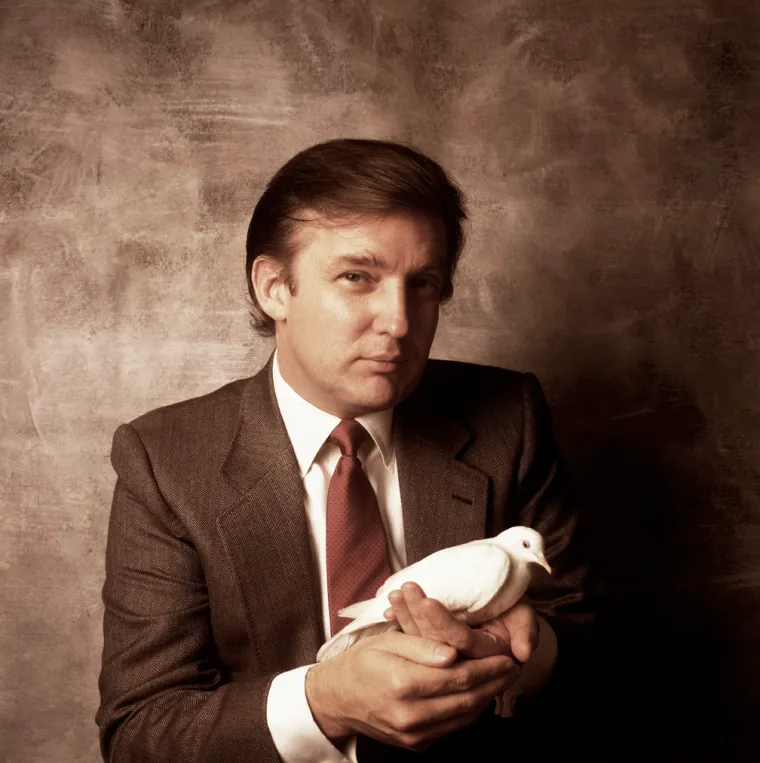
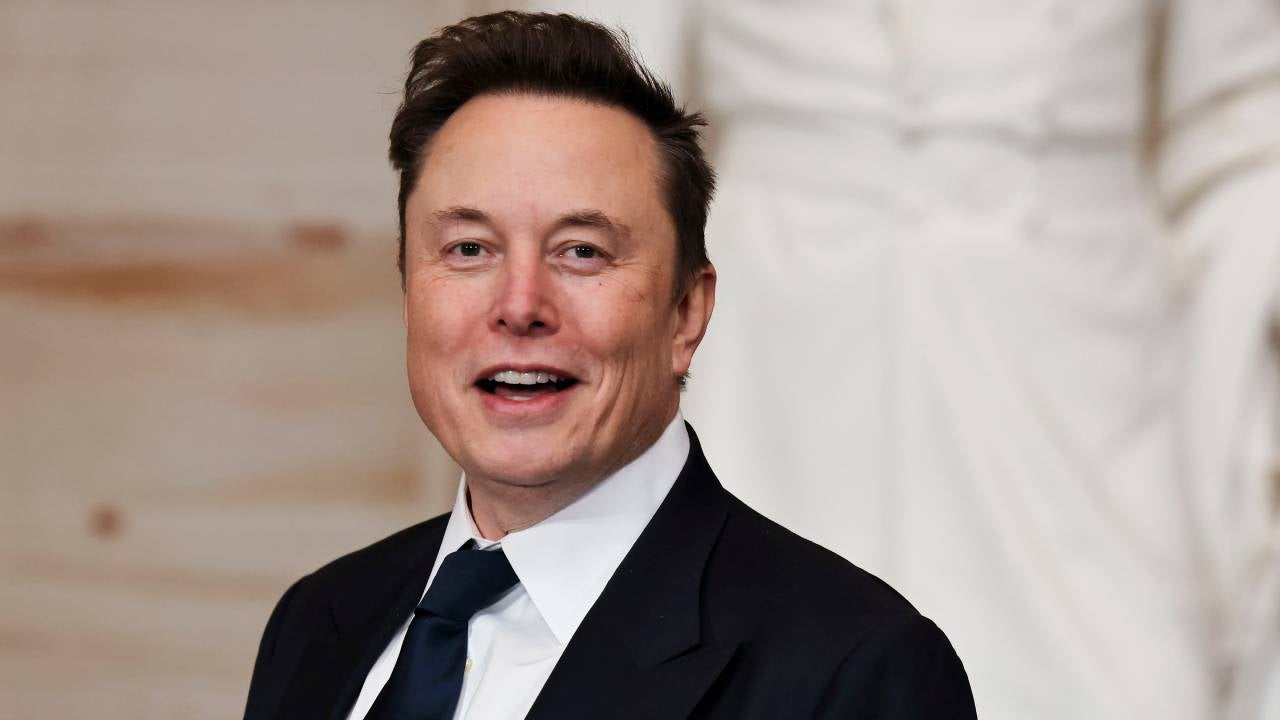
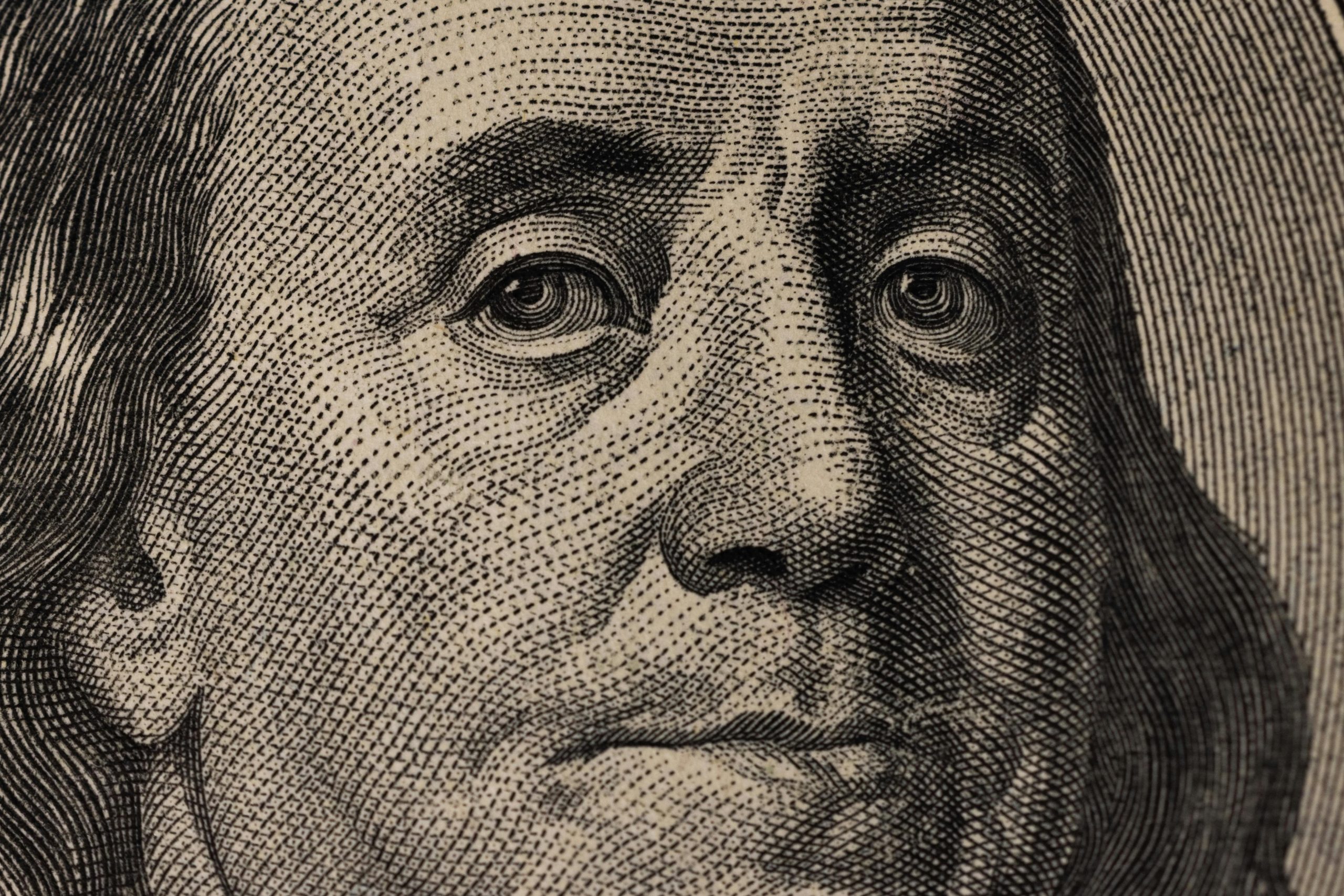
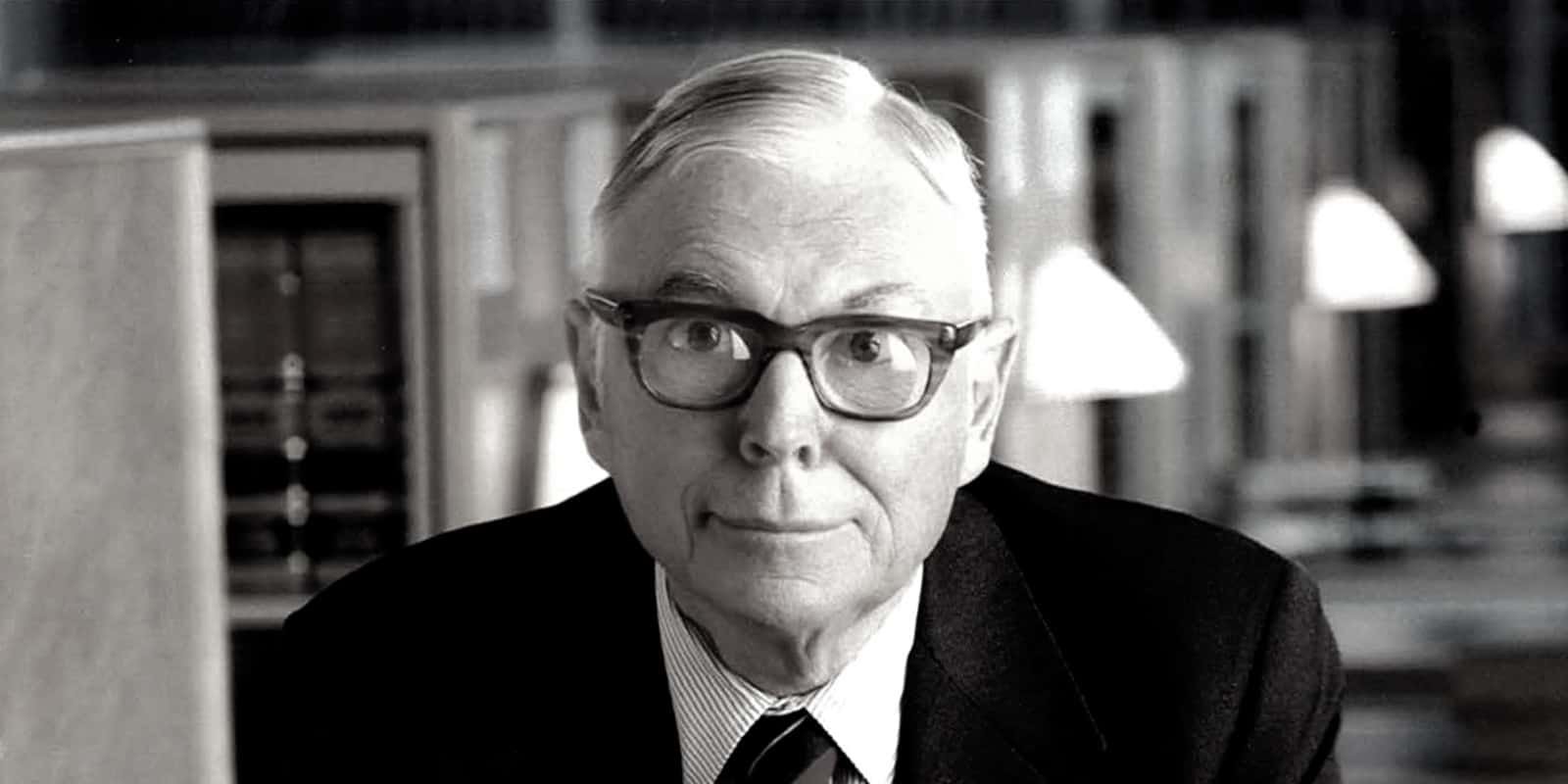
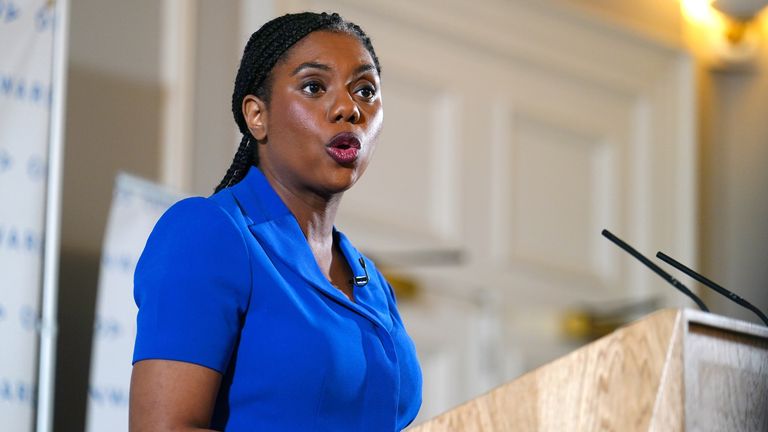
3 thoughts on “Donald Trump: A Biography of Business, Media, and Politics”
Comments are closed.